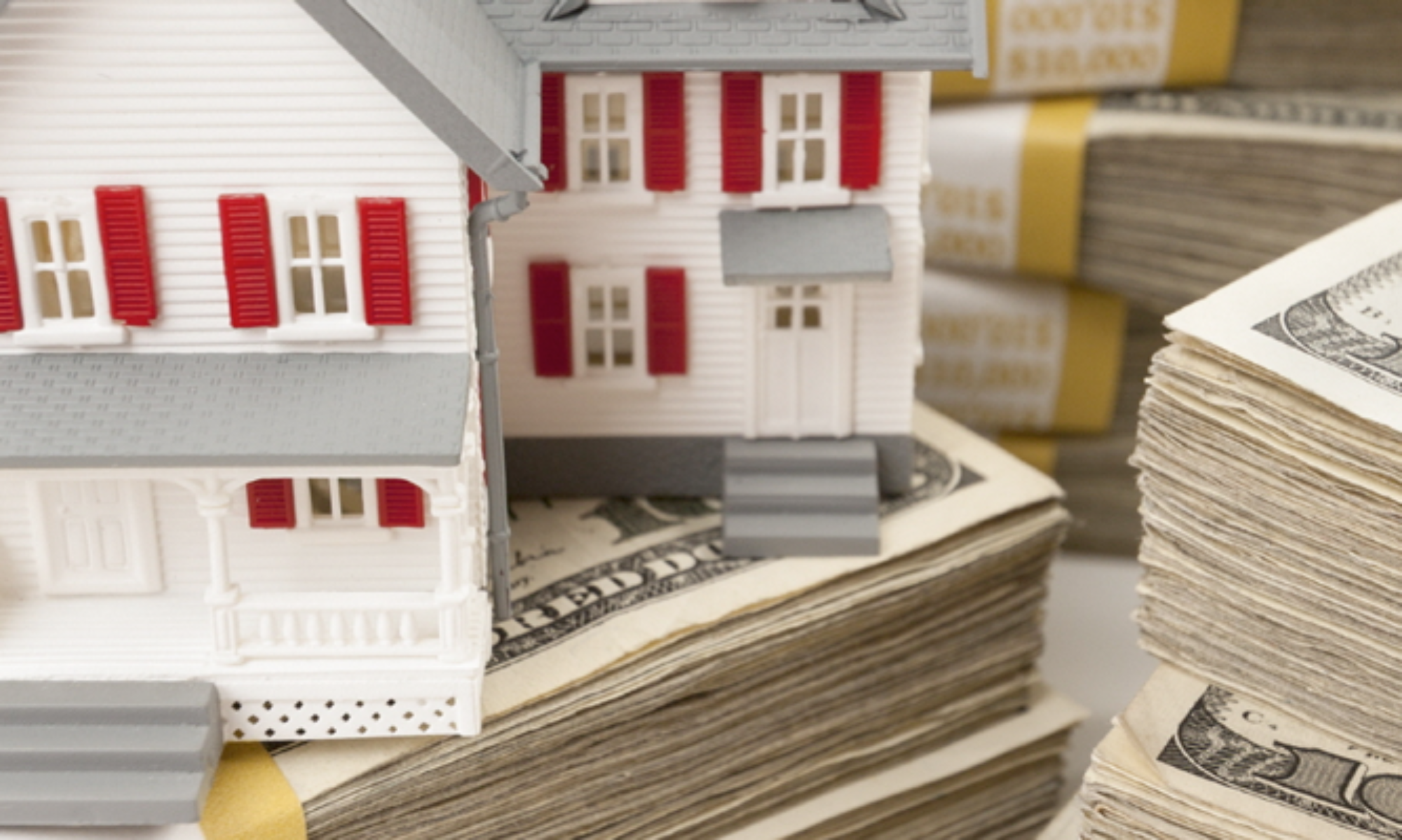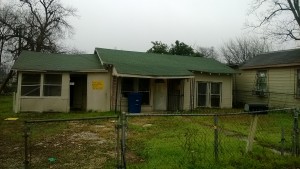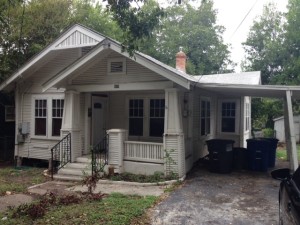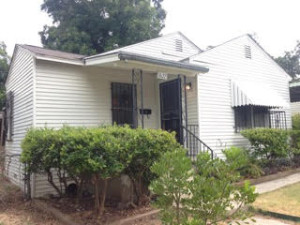Hello investors and ‘maybe’ investors! Thanks for visiting my little website about under market value properties in San Antonio TX. It is these little bitty affordable homes that allowed many people to retire young. You can, too!
#1 I Discovered an Inexpensive, Stable Real Estate Market
Before investing in San Antonio, many of our investment property investors considered Austin, but that’s an expensive market, even years ago. But San Antonios is only an hour south and is a great market for owner financing.
During the market crash of 2008-9, the prices of these homes dropped, and and many investors were able to pick up a dozen at 50% under market value. That also helped to grow our investors’ real estate portfolio.
Lesson Learned: Steer clear of real estate markets with high entry costs. Lower cost cities are much easier for investors with limited capital.
#2 We Found Reasonably Priced Private Money
After you get your first house or two, you may not have any more cash. But where should you look? One way to do it is to just make phone calls looking for private money. Another is to go to investor meetings and get to know people with money.
Eventually, through all phone calls and networking meetings, some investors found people willing to loan money at reasonable interest rates. When you can find that source, it makes everything a lot easier. However, you also can borrow money from your own home or IRA, if you have a good under market value deal and keep the rehab reasonable.
Note – many of us prefer to invest all cash, but there ARE other options. You can, for example, buy nicer houses for $75,000 or so and do 20% down conventional finance, and then owner finance them. Cash flow is ~$300-400 per month with no maintenance.
: Be prepared to do a lot of work and make a lot of phone calls to find private money. It’s easiest of course if you have family willing to loan you money on reasonable terms. If not, get on the phone, and go to real estate meetings every week.
#3 Become A Real Estate Market Expert In Your City
One of the keys to success is to buy houses many other investors run screaming from! You can buy houses that don’t look that great, do some minor rehab, and owner finance the investment property to a willing buyer.
Other investors early in their careers rehabbed homes themselves and got to know the market in the city. This helps you get a great idea of what homes in many parts of San Antonio are worth. Then, you know how much a San Antonio fixer upper needs in rehab and what to spend without overspending.
You also can earn your real estate license, and spend many hours studying prices of houses. One of the most important parts of being a successful investor is getting a house at least at 20% under market value.
Lesson Learned: Study your local market so you can buy houses under market value. Can’t find those kinds of deals? Consider working with an expert real estate investor in your market who can help you find those deals! Offer to help him or her with their business in exchange for turning you on to good, under market value deals.
#4 Find Good Real Estate Mentors
Getting started in real estate without successful mentors is like going fishing without fishing tackle! Every beginner real estate investor should work with very successful and experienced mentors. You can find mentors at real estate meetings in San Antonio and also at real estate conferences in other cities.
Lesson Learned: Find mentors and real estate partners who have done several hundred deals and have done well in both boom and bust markets. Working alone in real estate as a rookie is a recipe for disaster.
#5 Invest in Cash, for Cash Flow Only – With Owner Financed Real Estate
One of the most important lessons some of use learned from our mentors is to owner finance many properties instead of rent them out.
Under the advice of our mentors, we stopped rehabbing and renting out houses. In many cases, we used an owner finance model only.
Today, we buy a San Antonio investment property for cash for about $50,000 or $60,000, do $10000 in rehab, and then resell the property with owner financing to a qualified buyer. There are no overhead costs or property management costs associated with this exit strategy.
(You CAN do owner finance with conventional financing, 20% down, and still earn $300-$400 per month in cash flow.)
Lesson Learned: Consider investing strategies other than renting out property. Owner financing houses is less stressful and is clearer cut in terms of monthly cash flow.
Want to learn more how to do make real estate cash flow on San Antonio investment property? Contact me at jmpickett@gmail.com.
And remember, most of our out of state investment property investors used to buy California investment property, San Diego investment property, San Francisco investment property, and Los Angeles investment property. Here in San Antonio, they usually make 12-15% ROI for great real estate cash flow – without maintenance costs.








